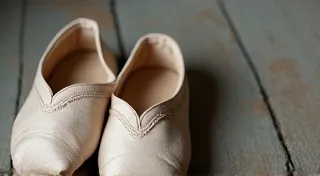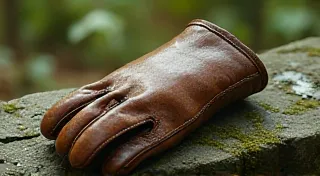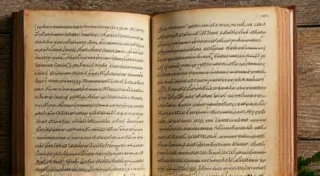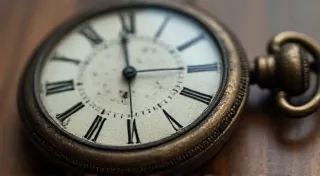The Conservatory's Secret: Discovering Unseen Markings on Antique Accordions
There's a quiet magic to holding an antique accordion. It's more than just an instrument; it’s a tangible link to the past, a vessel carrying the echoes of melodies played by hands long gone. As a restorer, I'm often captivated not just by the music an accordion *can* make again, but by the stories etched into its very being. And often, these stories lie hidden, veiled beneath layers of grime, neglect, and the relentless passage of time. This article explores how to uncover those secrets—the often-unseen markings that reveal an accordion’s maker, its age, and perhaps a tiny glimpse into its history.
My own journey into accordion restoration began unexpectedly. I inherited a battered, almost unrecognizable instrument from my grandfather. He rarely spoke of it, only mentioning it had belonged to his uncle, a travelling musician. The accordion was a forgotten relic, residing in a dusty corner of the conservatory—a space crammed with forgotten family heirlooms and the ghosts of bygone eras. Cleaning it felt like exhaling a century of silence. It was during that initial cleaning, carefully removing decades of accumulated dust, that I first noticed a faint, almost invisible mark hidden beneath a panel. It sparked a fascination that continues to this day.
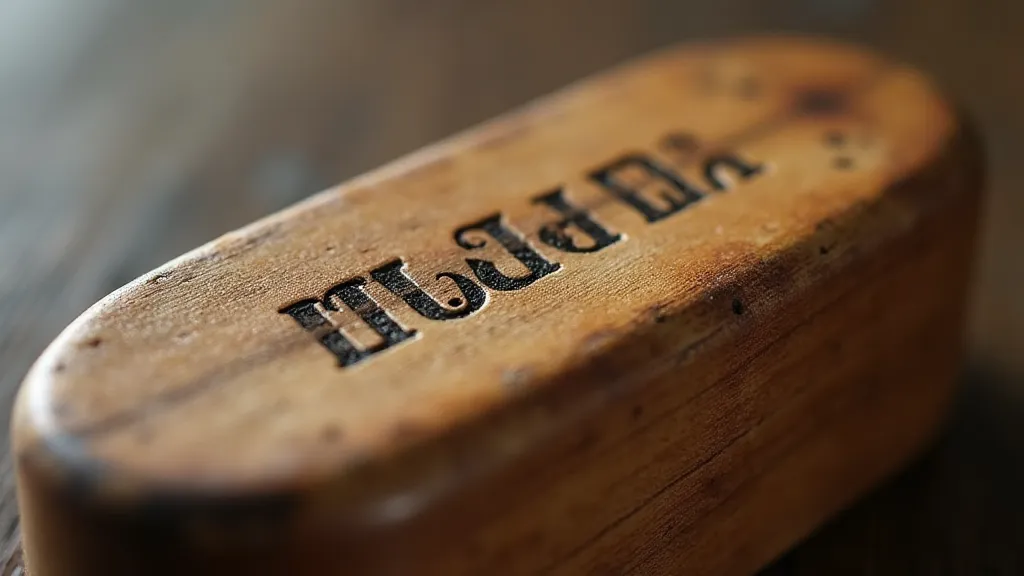
The Language of Maker’s Marks
Accordions, like any antique, bear the fingerprints of their creators. These markings are more than just names; they’re symbols of pride, representing the skill and dedication of the craftspeople who built them. Early accordion makers often used elaborate logos, intricate scrolls, or stylized emblems. As production methods became more industrialized, markings simplified, shifting towards more practical serial numbers and model designations. Identifying these marks is the first step in understanding an accordion’s history.
Where do you start looking? Everywhere! But certain areas are more likely to hold these hidden treasures. The reed blocks, those crucial components that generate the accordion's sound, are prime candidates. Check the inside of the bellows – sometimes markings are stamped directly onto the fabric, or subtly inscribed onto the internal frame. The back of the instrument, often overlooked, can also reveal secrets. And don’t forget the keyboard covers; a keen eye can sometimes discern a maker's stamp hidden beneath them.
Early Italian makers, like Paolo Soprani and Pierluigi Giusti, are particularly known for their beautifully crafted logos, often incorporating floral motifs or stylized lettering. German manufacturers, such as Hohner and Excelsior, frequently employed more utilitarian markings, but even their markings can provide valuable clues about the accordion's production date and model.
Serial Numbers: A Chronological Key
While maker’s marks offer a general indication of origin, serial numbers provide a more precise chronological placement. However, deciphering serial numbers on antique accordions can be a challenging puzzle. Early systems were often inconsistent and varied significantly between manufacturers. Some used sequential numbers, while others employed a combination of letters and numbers to denote model variations and production years.
For example, Hohner’s serial numbers were notoriously cryptic. Early numbers might indicate a production year, but later systems became more complex, incorporating model designations and batch codes. Researching the specific manufacturer is crucial. Online forums and collector groups dedicated to antique accordions are invaluable resources for deciphering these codes. Often, seasoned collectors have already cracked the code for a particular manufacturer's system.
The Case of the Hidden "L. Bernardi"
I once had the opportunity to restore a particularly intriguing accordion. It appeared to be a standard Italian model, but something felt ‘off’. The bellows were unusually thick, and the overall construction felt slightly different than other accordions of similar vintage. I meticulously cleaned and examined every component. Finally, while carefully removing a stubborn layer of grime from the bass buttons, a faint inscription emerged – “L. Bernardi.”
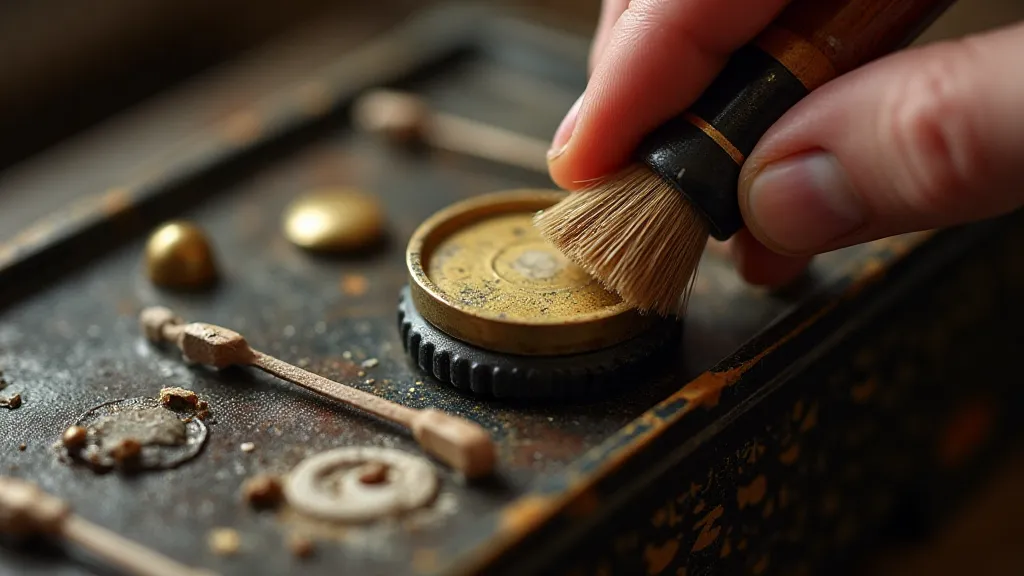
L. Bernardi was a relatively obscure Italian maker from the early 20th century. My client had assumed the accordion was a standard Soprani. The discovery significantly increased the instrument’s historical value and offered a unique insight into a lesser-known chapter in accordion history. It was a powerful reminder that these instruments hold secrets waiting to be unlocked.
Beyond the Markings: Unique Identifiers
Sometimes, the most revealing clues aren't official markings at all. Unique identifiers can be subtle variations in construction, unusual hardware, or even the type of leather used for the bellows. These details can be incredibly helpful in identifying an accordion’s origin and potentially linking it to a specific artisan.
For example, the type of reed used can be a powerful indicator of origin. Italian accordions often employed a distinct style of reed, known for its rich, mellow tone. German accordions, on the other hand, typically used reeds with a brighter, more penetrating sound. These nuances are often missed by casual observers but can be critical for experienced restorers and collectors.
The Emotional Resonance of Discovery
Uncovering these hidden markings isn't just about identifying a manufacturer or dating an instrument; it's about connecting with the past. It's about understanding the dedication and craftsmanship that went into creating these remarkable machines. Each mark, each serial number, tells a story—a story of innovation, perseverance, and the enduring power of music.
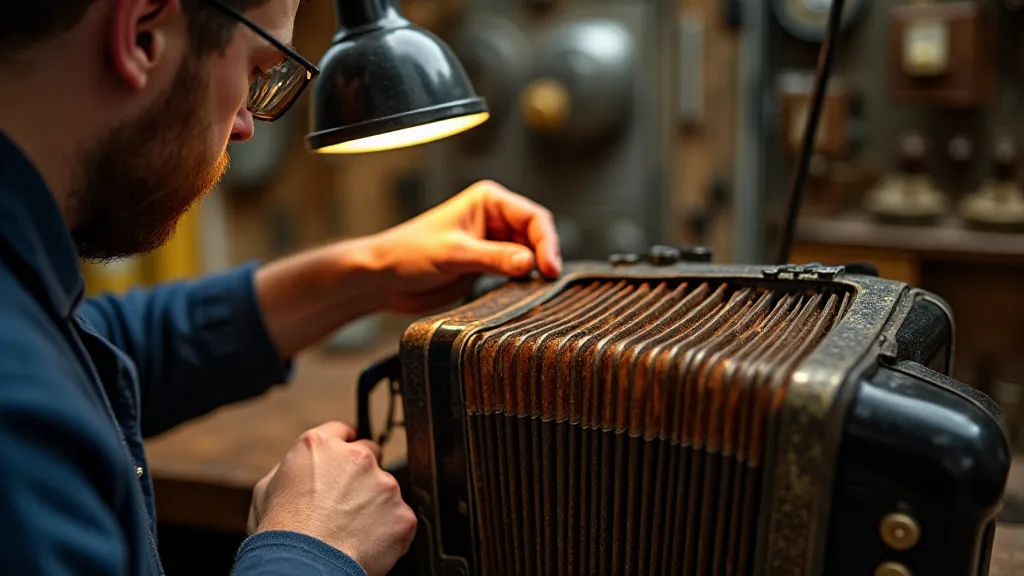
As a restorer, I find immense satisfaction in bringing these stories back to life. It’s an honor to be a custodian of these musical artifacts, preserving them for future generations. And it's a privilege to share these discoveries with the world, inspiring a renewed appreciation for the artistry and ingenuity of the past. The secret language of antique accordions is waiting to be deciphered – are you ready to listen?
